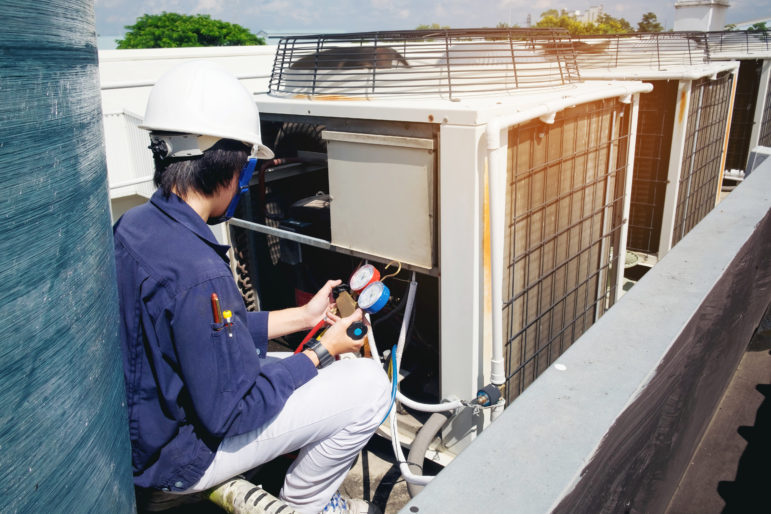
It’s crucial that investments in utility energy efficiency programs equitably serve under-resourced customers. However, Minnesota’s current framework is not quite hitting the mark. For several years Fresh Energy and our Energy Efficiency for All (EEFA) partners have been urging decision-makers to make updates that would better serve under-resourced customers and rental properties – including multifamily buildings—through energy efficiency. We’re glad to share that the Commission is taking a positive step in that direction!
Earlier this year, the Minnesota Department of Commerce proposed updates to the existing Demand-Side Management Shared Savings financial incentive mechanism, which rewards any investor-owned utility that goes above and beyond in investments in its Conservation Improvement Program (CIP) portfolio. A utility’s CIP portfolio can include rebate or incentive programs for building shell improvements, energy-efficient lighting, heating and cooling, refrigeration, and water heating technologies, as well technical design assistance and more.
Unfortunately, primarily because of assumptions used in Minnesota’s current cost-effectiveness framework, some CIP programs serving under-resourced customers (also known as the CIP “low-income” program) can bring down the value of “net benefits” used to calculate the incentive. As a result, utilities often opt to use a statutory provision allowing them to exclude those programs for the purposes of calculating the incentive. This means that, while investor-owned utilities have a positive signal to invest in other areas of their CIP portfolio, there is not a positive signal to invest in energy efficiency for under-resourced households. Further, the “low-income” CIP spending requirement in Minnesota law only ensures a minimum level of investment in these programs, but does not encourage capturing the high levels of energy savings that we know are possible. All of this results in under-resourced customers not getting the access and opportunity to reduce their energy bills that they should.
Fresh Energy and our EEFA partners believe it is important to focus on achieving more energy savings (not just spending) because energy savings, rather than spending, are most directly tied to meaningful reductions in under-resourced customers’ energy burden (in other words, the amount of income that goes toward energy bills). Achieving deeper energy savings in programs serving under-resourced customers also has additional benefits, including improved health and safety, reducing the burden on affordability programs such as energy assistance, and reducing the likelihood of utility arrearages. And, increased energy savings in under-resourced households also support our state’s energy conservation goals.
For all of these reasons, Fresh Energy and our EEFA partners National Housing Trust and Natural Resources Defense Council proposed a modification to the Department’s recommended financial incentive: the addition of an incentive for strong performance on programs serving under-resourced households.
The incentive would reward electric and natural gas investor-owned utilities that:
- exceed their “low-income” CIP spending requirement by 50%;
- exceed a recommended energy savings threshold; and
- spend at least 80% of their “low-income” program budget on measures that produce deeper, longer-term energy savings.
Our proposal received consensus support from the Department, utilities, and other stakeholders, with a recommendation from the Department that specific components of the concept be discussed further with a goal of having the final mechanism in place by 2022. The Commission agreed, and we look forward to working with the Department to begin stakeholder discussions in the coming months.
The Commission’s decision is a significant step toward more robust and impactful programs serving under-resourced communities. Importantly, the decision aims toward the adoption of a “low-income” incentive during the upcoming 2021-2023 Triennial period, so under-resourced customers may see the benefits of deeper energy efficiency sooner, and utilities would not have to wait until the next Triennial begins in 2024 to receive incentives for strong performance.
Fresh Energy is pleased to see Minnesota taking this important step toward equitable investments for under-resourced customers, and we look forward to continuing to work with partners and key stakeholders to improve energy efficiency and reduce energy burdens for more Minnesotans. Stay tuned for future updates in the months ahead!

